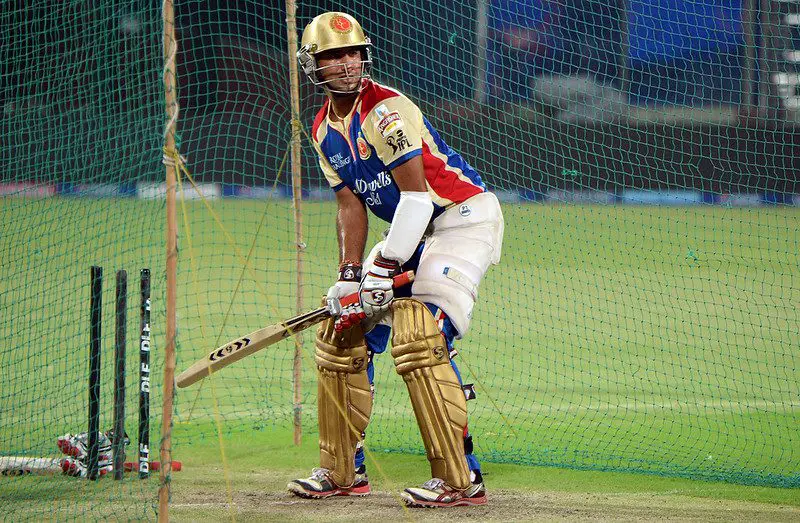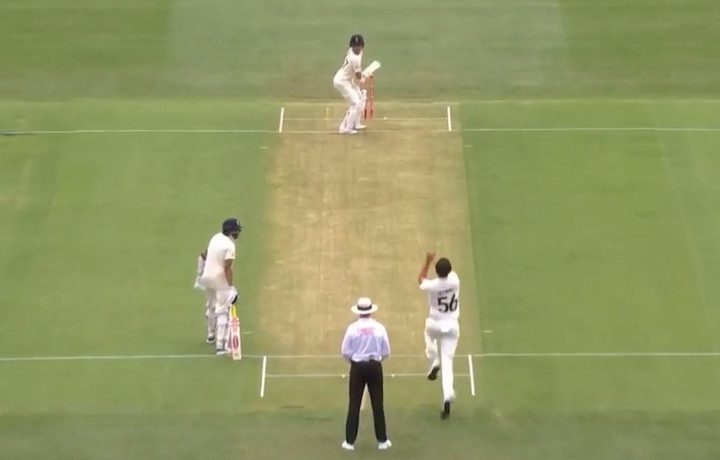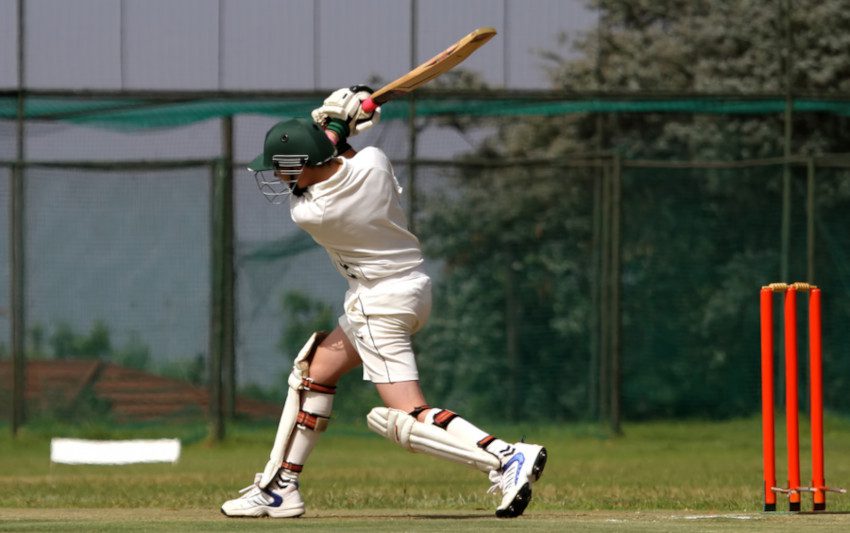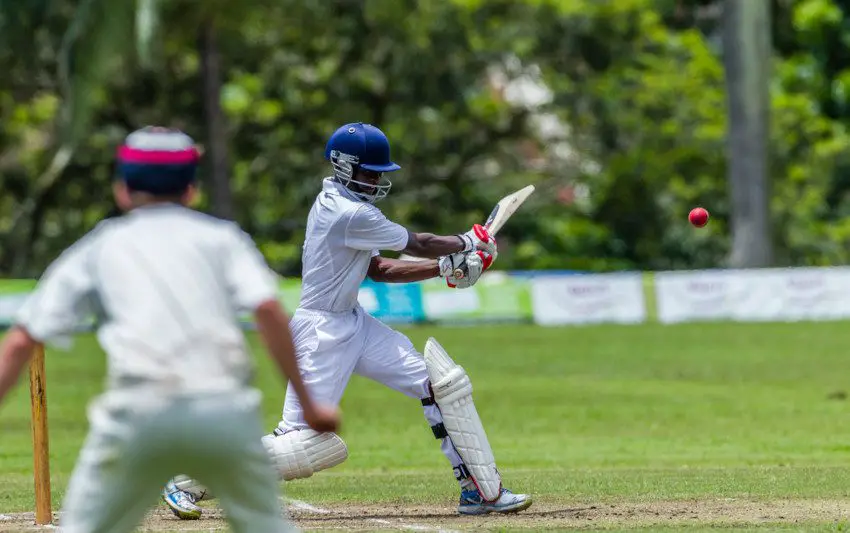Table of Contents
It may seem like a minor point but the stance is incredibly important to a batter so let’s take a closer look at how it should work.
How to Take a Batting Stance in Cricket?
A batting stance is the position where a batter stands when they receive the ball. They will be standing sideways, with the body facing point on the off side.
The head and front shoulder should be facing the bowler as the ball is released.

Key Points of a Perfect Batting Stance
While there are variations, the above section goes some way towards describing the perfect batting stance.
- The feet should be a shoulder width apart and the knees should be slightly bent.
- The hands will be close to the body at around hip height while the toe of the bat will be pointing behind the batter, usually towards the wicket keeper.
- The head and front shoulder will be facing the bowler as they run in to release the ball.
When are Open Stances Used?
An open stance is so called because the body opens up to an extent and more of the chest is facing the bowler. The feet may also adjust slightly with the front foot brought closer into the body.
Open stances can be used against different lines of attack. For example, when a left arm bowler is delivering to a right handed batter, the batter may want to consider the open stance. This will help the front shoulder and head to face the bowler who is coming in from a different line.
It’s also said that some batters use the open stance when they are getting out LBW on more occasions than they should. This can happen when the front foot comes across to the off side. Choosing an open stance might just negate this.

Pros and Cons of Open Stance
In the above scenario, the left arm bowler’s natural line will take the ball across to the slips.
The batter may feel vulnerable and more likely to edge to the slips. By opening their stance, it may give them a better chance of playing straight, or playing leg side shots.
The potential downside of this is the theory that it becomes harder to know when to leave the ball. A delivery that is passing harmlessly outside off stump may be easier to spot when you’re using the traditional stance.
An open stance can also make it more difficult to play those shots through the off side. The bat will be moving away from the body to a greater extent and that’s not an ideal situation.
Some Unusual Batting Stances in Cricket
Out of all the modern day international cricketers, Rory Burns’ stance is arguably the most unusual. A left handed batter, Burns crouches down as the ball is bowled and his chin is touching his shoulder.
The bat is raised half way and it tends to come around the front pad when he plays a shot. It’s said that Burns does this because he is left-eye dominant. A traditional stance would take his left eye further away from the bowler and that’s why he looks so different when in his crease.

Kevin Pietersen, meanwhile, was one of a number of players who planted his feet much wider in his stance. Pietersen would also make more of an exaggerated trigger movement as the ball was released, so maybe he felt that the widening of the feet helped him to do this.

Tips for Beginners
When you’re just starting out, it’s advisable to begin with that traditional stance. Keep the feet a shoulder width apart, hands at hip height, and face the bowler with your head and front shoulder.
Now is the time to practise in the nets. Keep on with this perfect stance against a range of bowlers – left armers and right armers – who are bowling both over and around the wicket.
How are things working out? Over time, this stance should become more comfortable and more natural. If you feel that you are having any issues with a certain type of delivery or a line of attack, you could maybe adopt the open stance and see how that works.
In these early stages of your cricketing development, it’s important just to stick with the basics. You’ll have plenty of time to make adjustments as your game progresses.
Conclusion
A batting stance usually starts in the classic way and players will then start to tinker with it if they feel that they have a problem. Eventually, from club cricketer, all the way through to international level, we will all find something that comes natural to us.
I would just echo the advice given by most coaches which is to start with the traditional ‘perfect’ stance when you’re a young player. It gives you the best possible chance of dealing with any type of delivery.
In time, if you feel that you have a problem area against any type of bowling, you can look at other options including the open stance.


